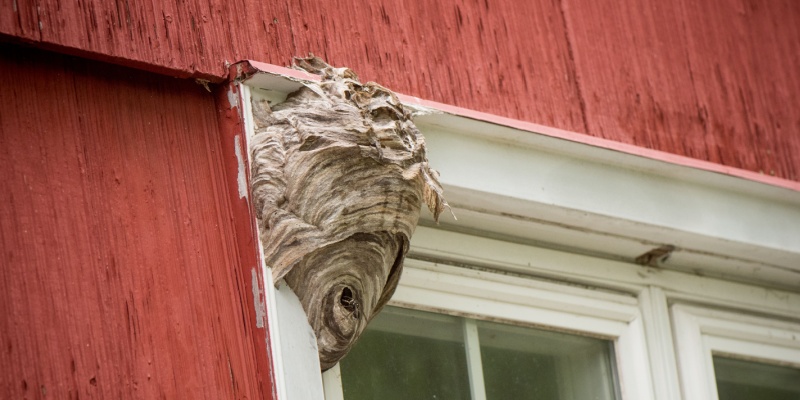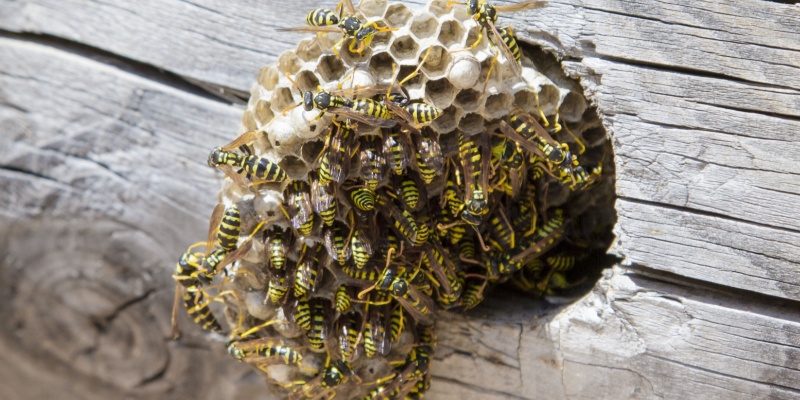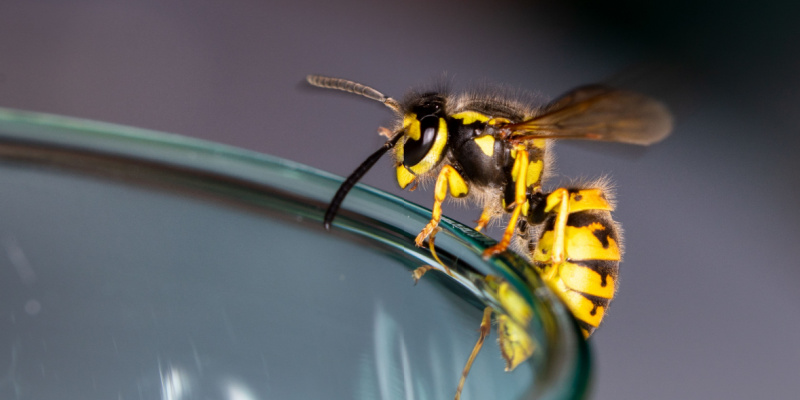Discovering a wasp nest in your backyard can be unsettling and potentially dangerous, especially if you or your family members are allergic to stings. If you decide to remove a wasp nest yourself, it’s crucial to proceed with caution to avoid agitating the wasps, which can lead to aggressive behavior. Here are detailed steps and safety tips to help you effectively and safely remove a wasp nest.
Assess the Situation
Before taking any action, it’s important to assess the size and location of the nest:
- Small Nests If the nest is small and the wasp activity around it is minimal, it may be safer and easier to remove.
- Accessibility Ensure that the nest is easily reachable. If it’s located high up or in a tricky spot, the risk of removal increases.
Choose the Right Time
Wasps are less active during the cooler parts of the day, such as early morning or late evening. Plan to remove the nest during these times to reduce the likelihood of being stung.
Prepare Your Equipment
Gather all necessary equipment ahead of time. This includes:
- Protective Clothing Wear thick gloves, long sleeves, pants, closed shoes, and a hat. Consider a beekeeper’s veil if you have one.
- Insecticide Spray Choose a wasp-specific insecticide that allows you to spray from a distance. Aerosol insecticides are effective because they can be sprayed directly into the nest opening.
- A Bag Have a thick garbage bag on hand to place the nest in after removal.
Plan Your Approach
Have an escape route planned in case the wasps become aggressive. It’s important to remain calm and move slowly to avoid provoking the wasps.
Execute the Removal
Follow these steps to remove the wasp nest:
1. Apply Insecticide
From a safe distance, spray the insecticide directly at the nest’s entrance. Most sprays are designed to kill wasps on contact. Wait for at least 24 hours before checking the nest again to ensure that the wasps are dead.
2. Remove the Nest
Once you are sure the wasps are eliminated, approach the nest slowly and place it in a garbage bag. Be cautious, as some wasps may still be alive or return to the nest after being out foraging.
3. Seal and Dispose
Seal the bag tightly and dispose of it in a covered trash bin. Make sure the bin is away from your living areas.
Clean the Area
After removing the nest, clean the area with soap and water to remove any pheromones that could attract wasps back to the location. Consider applying a residual insecticide to deter new nests from forming.
When to Call Professionals
If the nest is large or in a location that is difficult to access safely, it’s wise to call professional pest control services. Professionals are equipped with the right tools and protective gear to handle the removal efficiently without risking your safety.
Removing a wasp nest from your backyard can be risky, and it is essential to take all safety precautions seriously. If you ever doubt your ability to remove the nest safely, or if the situation seems particularly dangerous, do not hesitate to contact All Pest Solutions. Keeping your outdoor spaces safe should always be a priority.





